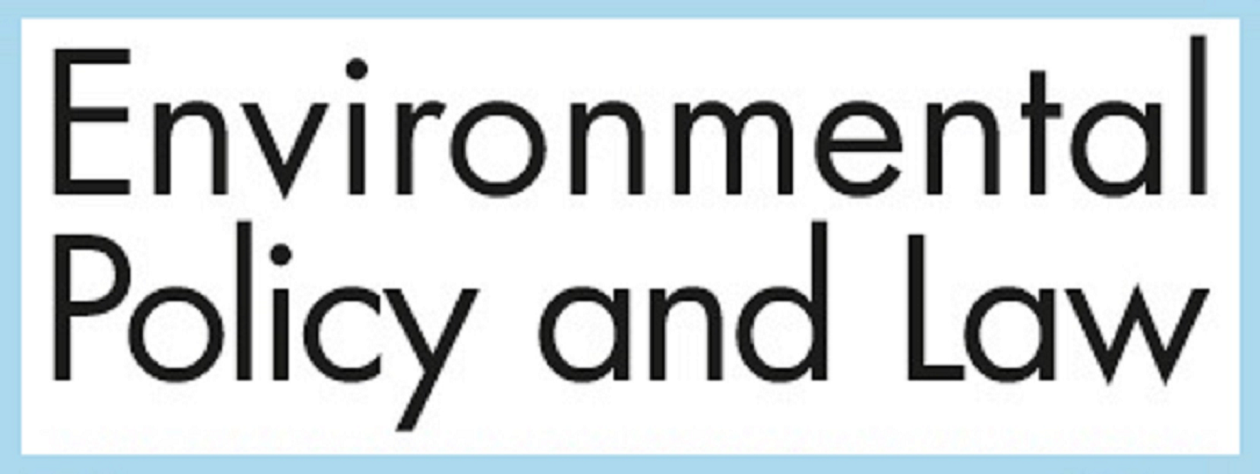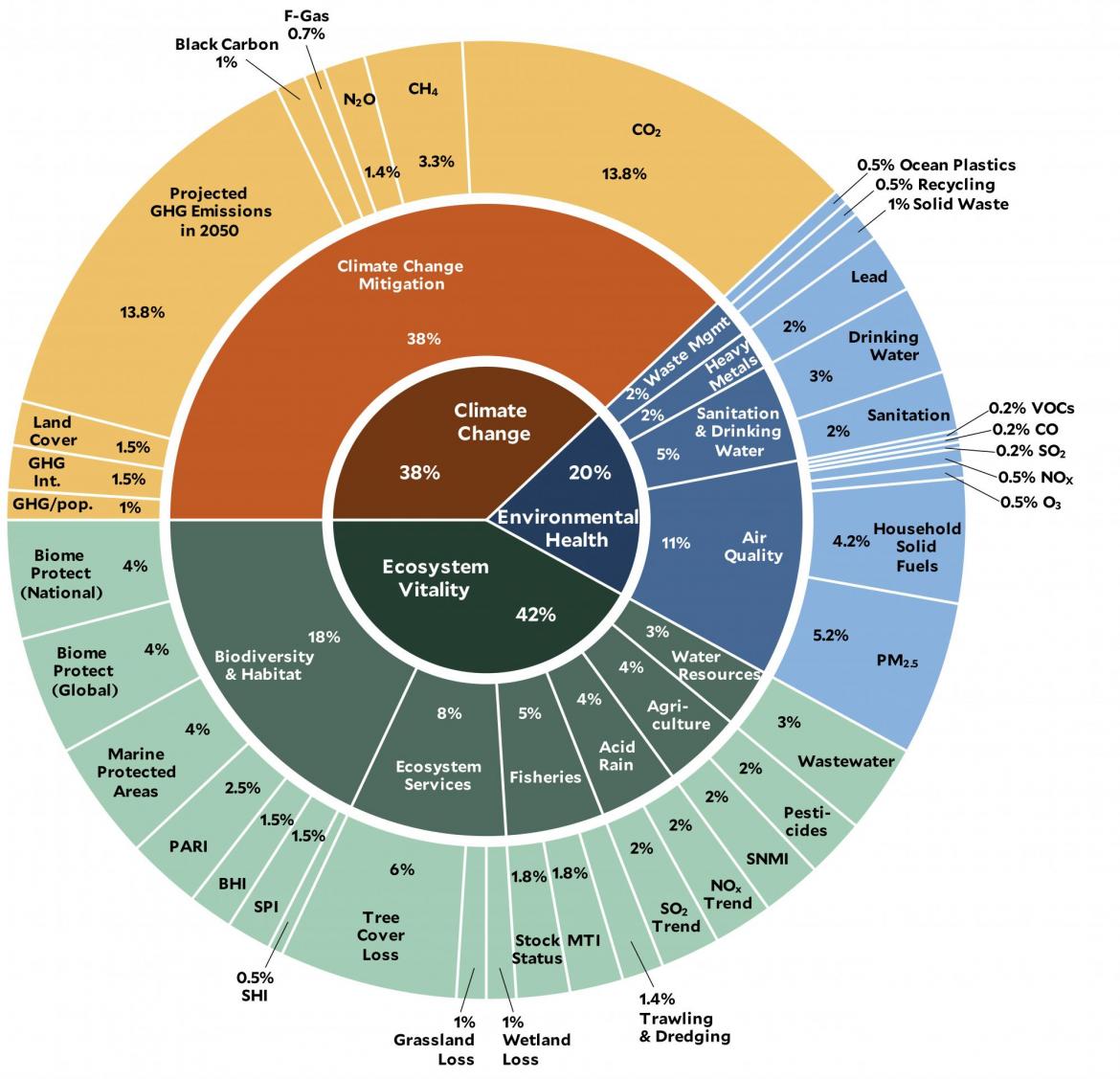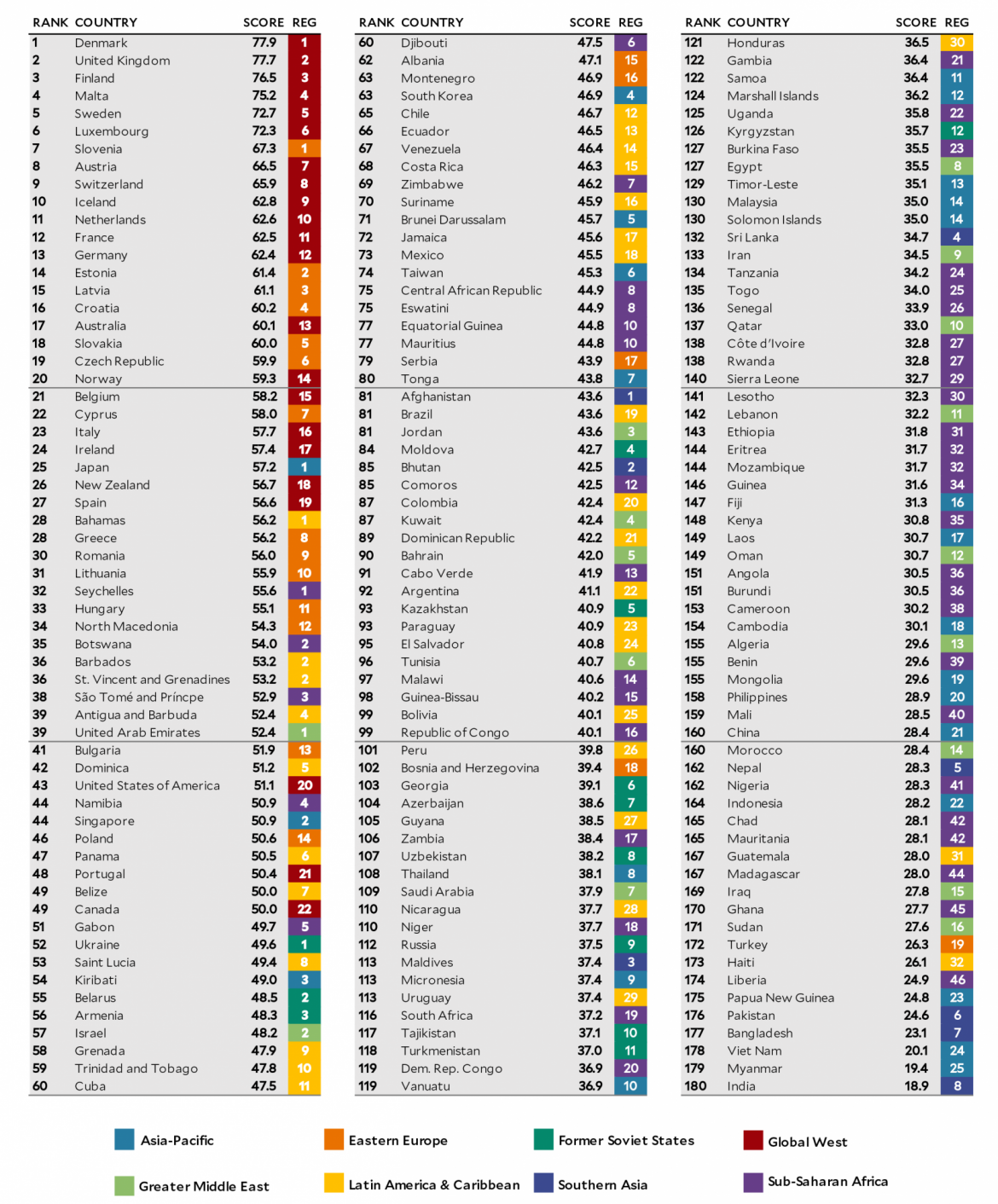The power of data to improve environmental decision making
Our era is defined by ever-more-comprehensive information systems, positioning individuals and organizations around the world to demand that their governments validate environmental performance programs and progress with data. The quantitative targets laid out in the Sustainable Development Goals, the Paris Climate Agreement, and the Convention on Biological Diversity, demonstrated that policymakers now face intense scrutiny over the results they report regarding both international and national environmental commitments. The rise of sustainability metrics provides a mechanism for holding governments that fail to meet their pledges accountable.
Empirically-grounded analyses also promise to improve environmental policies in countries making good-faith efforts to advance sustainability by making it easier for policymakers to spot problems, communicate with stakeholders, explain complex scientific concepts, identify best practices, and derive the greatest benefits from their investments in environmental solutions.
The 2022 Environmental Performance Index offers a scientifically grounded and analytically robust sustainability scorecard to help policymakers zero in on their country’s top priorities, identify successful and practical policies, and implement planetary solutions to preserve natural resources and enhance environmental health.
Lessons from the 2022 EPI
Several striking conclusions emerge from the 2022 EPI report and analyses:
- First, global action on mitigating climate change remains fundamentally insufficient to meet international targets ratified in the 2021 Glasgow Climate Pact. Only a few countries – notably, Denmark and the United Kingdom – are currently on track to reach net-zero greenhouse gas emissions by mid-century, reflecting the need for many nations to redouble their efforts to reduce emissions, expand carbon sinks, increase energy efficiency, and invest in clean energy sources. Current trends are not a country’s destiny, however. The EPI analyses help leaders identify their top-performing peers and adopt policies to pull down their greenhouse gas (GHG) emissions trajectories.
- Second, the latest data suggest policymakers are missing the chance to rebuild economies and societies in a more sustainable way following the COVID-19 pandemic. For example, air pollution and GHG emissions have rebounded to pre-pandemic levels almost everywhere as companies, communities, and individuals return to their prior production, consumption, and transportation practices, rather than seeking pathways to a more sustainable future. As countries strive to rebuild their economies, leaders are learning that a return to status quo policies will erode the gains in environmental performance realized over the past few years.
- Third, the 2022 EPI demonstrates that at every level of development, some countries outperform their economic peers. Sustainable development requires financial resources to increase investments in public health and environmental infrastructure. The widely spread scores among wealthy countries, however, demonstrates that good governance also matters. Cutting-edge analyses of the 2022 EPI rankings make clear that the factors explaining environmental success include good governance, country wealth, social prosperity, independent media, and well-crafted regulations. The team found strong correlations between EPI scores and government effectiveness, rule of law, regulatory quality, happiness, and GDP per capita. Leaders that carefully manage pollution threats and natural resource consumption can drive their countries toward a more sustainable future.





